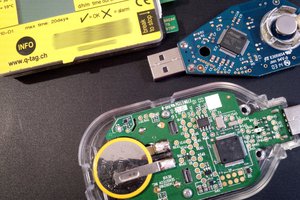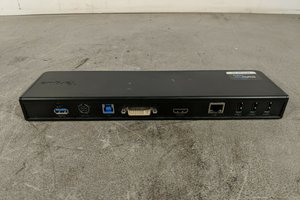In the Maker community there are projects to make Virtual Reality headsets to use with the PC, but these are for wired use, so there is room for a wireless solution that does not involve using a cell phone.
Currently the best: https://hackaday.io/project/187343-easy-pancake-lenses
And the most complete: https://hackaday.com/2023/07/10/behold-a-diy-vr-headset-its-creator-will-never-build-again/
These projects guide me in the field of Hardware and that is why I am going to invite the authors to participate in this project, and if anyone else wants to join they will be welcome.
As I said before, the characteristics of this SBC board are ideal for driving two 2160x2160 LCD screens or 2560x2560 AMOLED screens, so the board has the connectors for these two types of screens, but I did not include the 3840x2160 LCD screens because I could not find the connector they use. and I think that later an adapter could be made in case someone wants to make a Pimax type headset.
In the case of wanting to have peripheral vision and since high definition is not necessary in the periphery, I think the best option is to add SPI screens to the sides by joining lenses, these would be AMOLED screens with resolutions such as 450x600 that consume less processor.
Example: DO0240PVS02 https://www.panelook.com/DO0240PVS02-AMOLED-DO0240PVS02-screen-2-4inch-450-600-SPIQSPI-LCD-Display-Module-STM32-MTK-ESP32-ARM-GD32-detail_165576.html #
As for the cameras, I thought about two front cameras with wide-angle lenses and MIPI connection, to choose high-resolution cameras with which to do 6DOF tracking (I would like to know if the NPU (Neural Processor Unit) can be used to do this ) and pass through for augmented reality and mixed reality. And another 2 cameras for eye tracking and another for mouth tracking, in these last 3 I chose the same connector that the ESP32-CAM uses, which has an OV2640 but since the communication is DVP and I don't know if it can work, it may change.
For the microphones I chose the omnidirectional MEMS type, the 2 near the mouth are the best that I found MP34DT05-A and in which I discovered that one of its applications is for virtual reality, these have PDM digital output which goes directly to the processor. And the microphone on top is to capture ambient noise, it has an analog output for use with the ES8388 which is the Audio CODEC chip. With these 3 you can filter the voice by letting through only the sound that reaches the 2 microphones with the same intensity and subtracting the ambient noise, or you can connect headphones with a microphone and subtract the ambient noise.
To complement the 6DOF tracking I added the IMU_BNO085 which is recommended in SlimeVR https://github.com/SlimeVR/SlimeVR-Tracker-ESP
And although it is not necessary because, in theory, you can achieve those 3DOF (yaw pith roll) of the cameras, with this sensor you can confirm the correct operation of the 6DOF system.
The trick to getting 6DOF from the cameras is to do the same thing that the optical mouse does but in 3 dimensions and solve the problems that arise (yes, the optical mouse has a camera that indicates in which direction the table texture moves).
The heart rate sensor has 3 purposes: detect the presence of a person, the heart rate and indicate to the person with a green light that it is working.
I included I2C communication to the battery connector to have control over a battery management module, but it could also be used for general purposes.
Speaking of general purpose, I still maintain the HDMI, DP, USB connections so that it can continue to be used as an SBC, and use it for other projects such as a 3D camera for example.
But this board can also be used for new HMD (Head Mounted Device) purposes such as smart helmets, display masks, cosplay, furry animatronic heads, and combinations of these. https://ar.pinterest.com/pin/7036943159680140/visual-search/?x=16&y=16&w=532&h=540&surfaceType=flashlight
smart helmets:

 Alejandro Balonga
Alejandro Balonga
 Shree Kumar
Shree Kumar

 Phillip Hawley
Phillip Hawley
 Menkveld
Menkveld